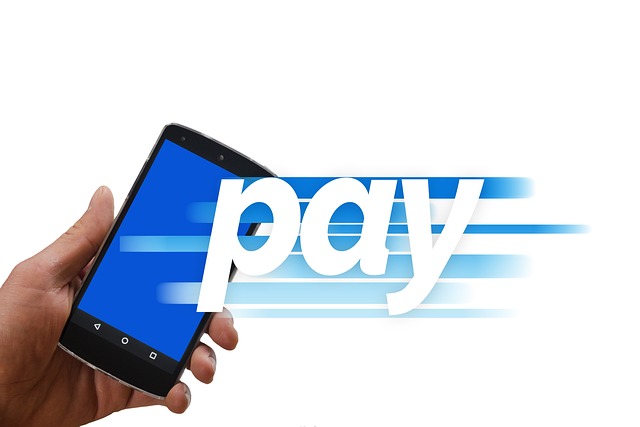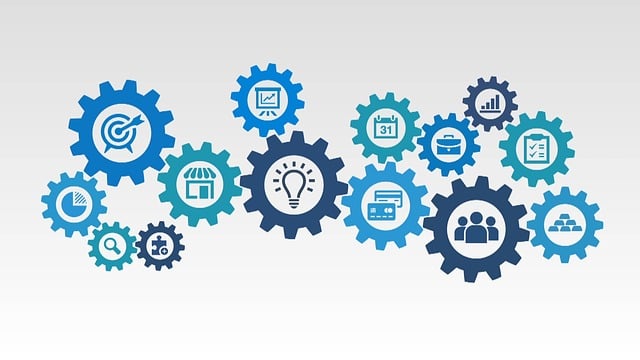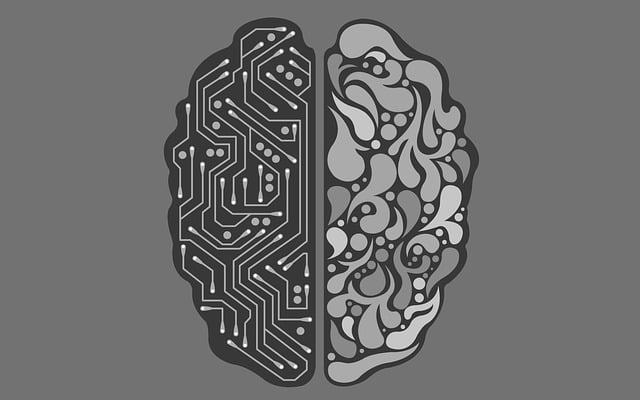Test Amit sep
New age Banking systems: Digital Transformation for Financial Inclusion

The main emphasis of financial inclusion is on developing a robust financial technology (fintech) ecosystem that can effectively improve financial services and make them more accessible to an ever-increasing population. India had the world's highest fintech adoption rate (87%) in 2021.
Indian government launched 75 Digital Banking Units (DBUs) across the country. The DBUs are devised to improve financial inclusion in the country to teach more comprehensive, inclusive, and sustainable growth. For this, eleven public Sector banks, twelve private sector banks, and one small finance bank will participate in the endeavor (DBUs). This aims to increase digital financial literacy and boost awareness of cyber-security risks and precautions. The DBUs are equipped with internet services and tablets to cater to individuals and businesses in opening accounts, maintaining them, applying for loans, transferring funds, and paying bills and taxes. This self-service mode is available 24x7x365. It is, undeniably, a giant leap towards "ease of living by providing complete public services with minimalistic digital infrastructure. It will also simplify the banking procedure while providing a robust and secure system in villages and small towns. Moreover, novel digital services of banking units, everything from transferring money to taking loans, can be done online. Unquestionably, financial inclusion is the cornerstone of a fair, equitable society and a thriving economy.
The main emphasis of financial inclusion is on developing a robust financial technology (fintech) ecosystem that can effectively improve financial services and make them more accessible to an ever-increasing population. India had the world's highest fintech adoption rate (87%) in 2021. Market prospect for fintech products is anticipated to reach the $ 1.3 trillion mark by 2025, expanding at a compound annual growth rate of 31% from 2021 onwards. The lending tech will account for 47%, and digital payments will reside in 16% of the slice.
Critical aspects of Digital Transformations
1. Innovations in Fintech
Technology has given wings to our ambitious financial inclusion programs and financial literacy. Innovations in finance technology are compelling traditional businesses to rethink and re-do their business models. Better telecom connectivity, economical mobility devices, and innovative business models are the key factors responsible for the increased focus on the rural economy. A crucial differentiator for financial inclusion is a robust business model that works on a principle of low-value and high volumes business strategy for making it a beneficial opportunity nationwide.
India has been widely hailed for developing and adopting financial technologies or fintech. Existing and new companies are expanding their horizons to meet market demands and create novel services. The upcoming technologies that are playing a pivotal role in helping the disadvantaged strata of our society into the conventional economy by providing banking,
Credit and other insurance-associated services are the followings -
Distribution Technology: Mobile-Based Financial Platforms-Vernacular; Micro, Mobile & Biometric ATMs; Biometric Devices; Smart Cards and POS Terminals;
Banking Tech: A/c-Digital Banks; No Frills Bank
Credit Tech: Neobanks, Card-Based Credit Facilities-Kisan Credit Cards, P2P (Peer to Peer) Lending Model, Microcredit Platforms-B2B (MSMEs) and B2C (Farmers, Rural Workforce)
2. Central Bank Digital Currency
The Reserve Bank of India, on st November 2022, launched a pilot project on Central Bank
Digital Currency (CBDC). The platform is called NDS-OM CBDC. Nine prominent banks, namely - State Bank of India, ICICI Bank, Union Bank of India, HDFC Bank, Bank of Baroda, Kotak Mahindra Bank, HSBC, Yes Bank, and IDFC Bank, have been identified for participation in The pilot. With the launch of the CBDC, banks no longer need to rely absolutely on a physical presence, and they can provide all their services online with the help of Fintech companies or by developing their in-house platforms. Digitization helps customers by enabling direct transactions access to credit, utility payments, etc., without needing third-party intervention or going to a physical branch or outlet.
3. Payment Solutions
The active users of the internet and digital services are expected to grow by 45 percent in the next five years and touch the stellar figure of 900 million by 2025. The numbers indicate that companies will have more of a digital presence than a physical one shortly. Many have already started providing services digitally, helping thorn reduce costs and improve efficiency while amplifying its reach.
4. Buy Now Pay Later (BNPL)
BNPL has emerged as a trendy cashless credit avenue for digital-savvy young consumers. At its core lies the principles of transparency, cost-efficiency, and customer-centricity. BNPL companies like LazyPay are well-poised to address the country's massive gap in credit card usage. Most people cannot apply for credit cards without credit histories, and many remain reluctant due to the enormous fees involved. Fintech organizations utilize scalable technology and can access alternative data to assess buyers' creditworthiness and enable faster onboarding. This has led to easy access to credit for many young Indians. Consumer shopping habits experiencing a drastic shift towards e-commerce since the pandemic.
5. Online Transactions and Data Security
Recently, the RBI has introduced Card Tokenisation. As per the guidelines, online platforms need to erase our stored debit or credit card details and replace them with a token to secure our data. In 2022 and beyond, we expect this to be implemented across apps and platforms. Tokenisation refers to replacing your card details with a code or "token," which would be unique to you and the device. This makes your transactions safer, as the card details will not be shared with merchants during processing. So, you will no longer need to key in the 16-digit card number, expiry date, and CVV each time you order online.
6. Robotic Automation in Financial Institutions
One of the most evolving machinery in the digital world is Robotic Process. Automation
(RPA) which helps financial institutions reduce costs and further the cause of financial exclusion in many ways. RPA enables banks to generate compliance reports automatically and track or identify fraudulent transactions. It is also used in customer onboarding by capturing data from KYC (Know Your Customer) documents using Optical Character
Recognition (OCR) technology.
7. Neo Banks
Neo Banks take the front end of financial services to a much higher level by increasing the speed of services and reducing friction. They improve returns and transparency for customers while lowering the customer acquisition cost for their partner banks. Thus, they serve the demographics "under-catered to by main street banks."
8. Artificial Intelligence and Machine Learning
Artificial Intelligence algorithms are maturing daily, and investments in this technology are increasing. It is transforming the consumer financial services market and consumers' interaction with the financial services ecosystem. AI helps companies to use raw data, analyze it and provide recommended solutions that help financial institutions make informed decisions and stay ahead of the competition.
9. Blockchain Technology
Another novel technology that can lead to success in achieving the goal of financial inclusively is the Blockchain. The term Blockchain refers to distributed digital ledgers. These ledgers employ consensus protocols to create a single version of the truth. Furthermore, recorded entries cannot be altered due to encryption protocols, rendering the digital ledger immutable. These characteristics make Blockchain an attractive technology for providing transactions for parties with different interests, such as lenders or borrowers.
Critical Bottle-neck to Implement Financial Digitalization
Financial organizations, governments, and authorities constantly promote financial inclusions through digital media. However, despite these comprehensive promoting initiatives, digital financial inclusion is not progressing as predicted or as it should be on account of the following:
- Consumer ideology: Shifting from cash into the digital era.
- Low literacy and the capacity of consumers to interpret the principles and implications.
- Access to the network and digital infrastructure
- High pricing
- Most digital financial products are available m English, whereas rural folks prefer them in their local languages.
- Lack of relevant financial products
How would you rate this Article ?
Press the number of stars to rate this Magazine.
4.8 Author Points.
Based on 13 Magazines written by this author.
No Magazine Ratings yet



































Please Sign In or Sign Up to leave a Comment.